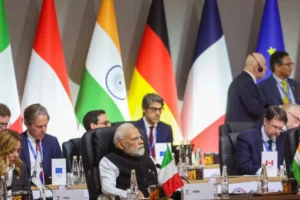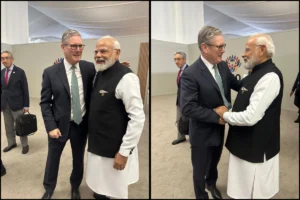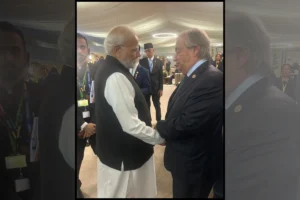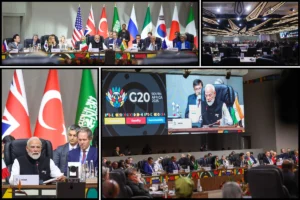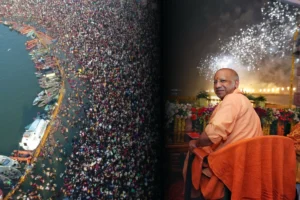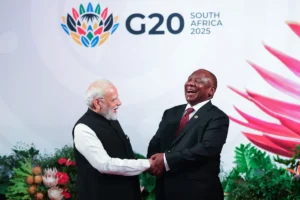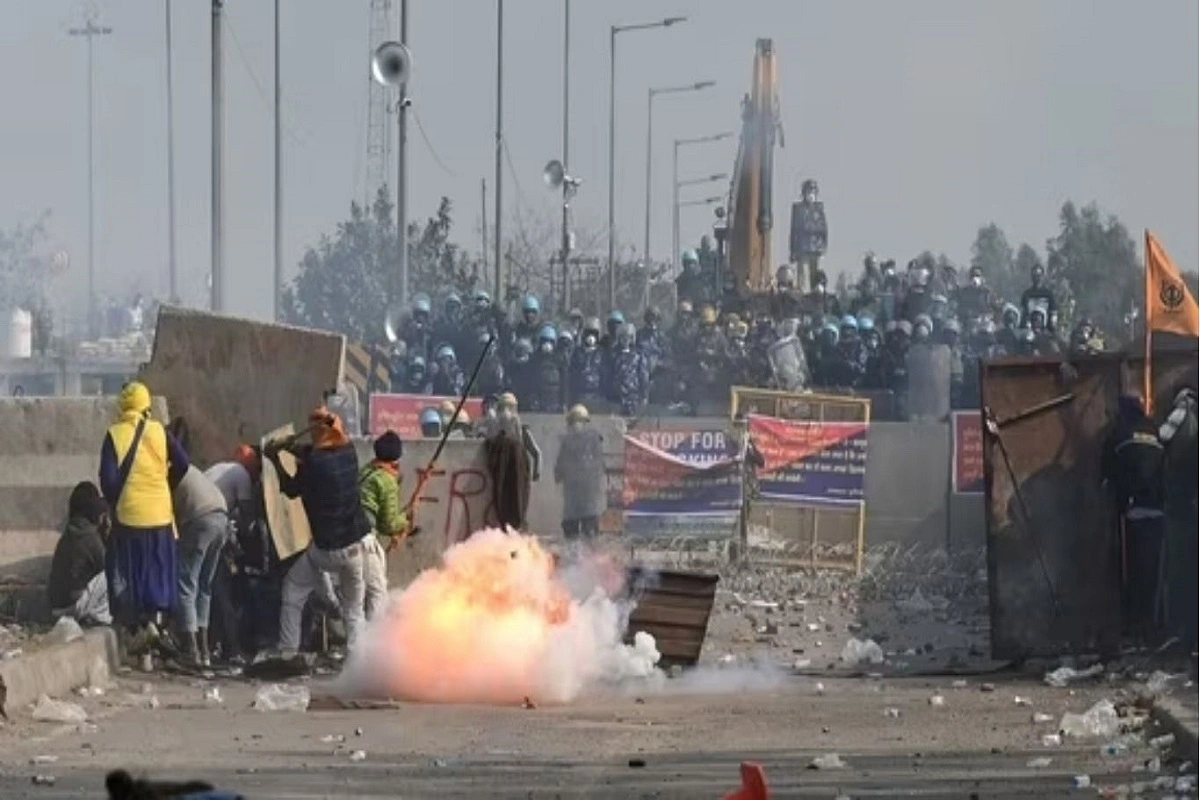
Farmers Protest
Punjab’s Chief Minister, Bhagwant Mann, has declared a comprehensive inquiry into the tragic death of 24-year-old farmer Shubh Karan Singh at the hands of Haryana Police during a clash at the Khanauri border. Mann reassured the farming community that his administration would firmly support them, even in the face of potential threats of the President’s Rule in Punjab. In response to the incident, protesters have announced a two-day pause in the ‘Delhi Chalo’ march to strategize their next steps.
Here’s a summary of the events leading to this development:
1. Violent clashes erupted at the Shambhu and Khanauri border, leaving several farmers and police officers injured. The farmers, who commenced their Chalo Delhi march on February 13, have been encamped at the Punjab borders since then due to resistance from Haryana Police. The decision to resume the march was made after unsuccessful talks with the central authorities.
2. The situation escalated when farmers declared their intention to breach the barricades set up by Haryana Police to impede their entry into the state. In response, Haryana Police deployed tear gas shells.
3. According to police reports, farmers resorted to stone-pelting and even added chili powder to stubble fires. This aggressive behavior resulted in injuries to numerous police personnel.
4. The deceased farmer, Shubh Karan Singh, hailing from Bathinda and the son of Charanjit Singh, sustained a severe head injury during the clash and later succumbed to it in the hospital. However, Haryana Police neither confirmed the death nor acknowledged any firing on their part, maintaining that tear gas was used solely to disperse the crowd. Contrarily, farmers claimed that rubber bullets were also fired.
5. The incident reignited tensions between Punjab and Haryana, with Bhagwant Mann questioning the rationale behind Haryana’s actions within Punjab’s territory.
This episode underscores the deep-seated issues fueling the ongoing farmers’ protests and highlights the need for a peaceful resolution to the conflict.
To read more such news, download Bharat Express news apps
















